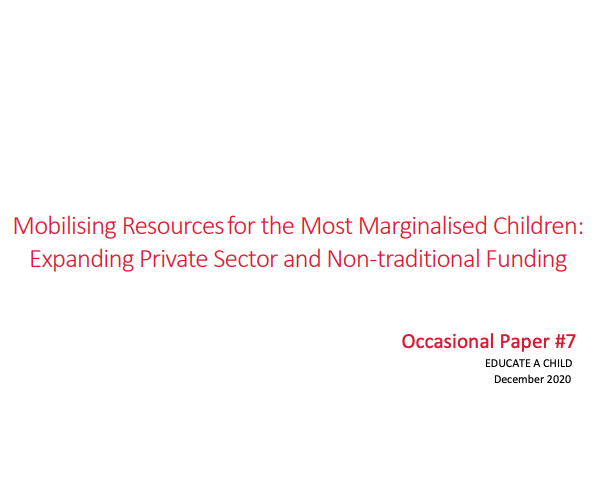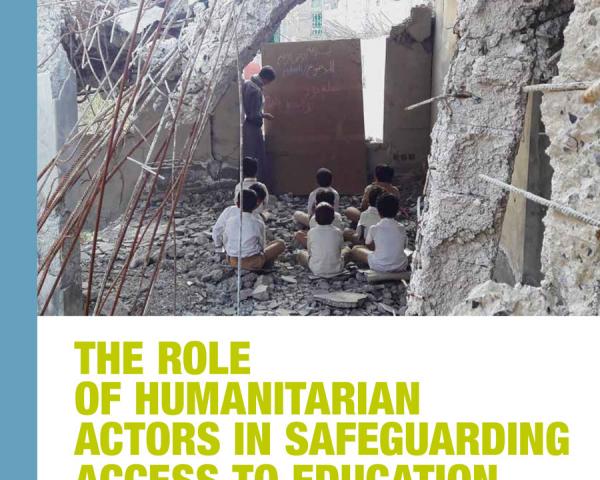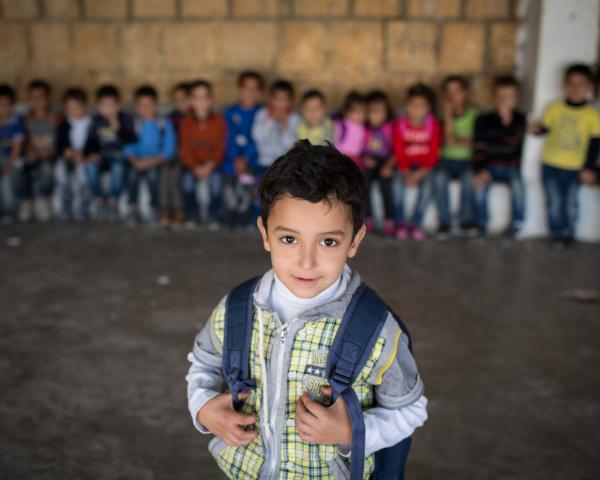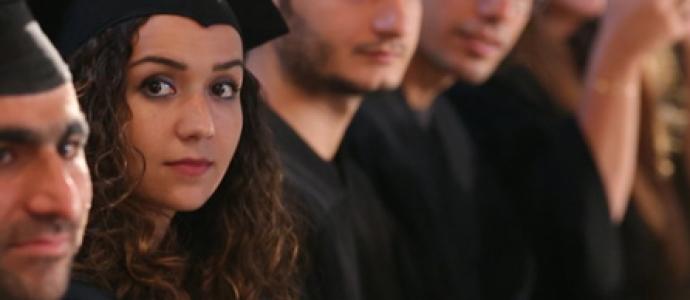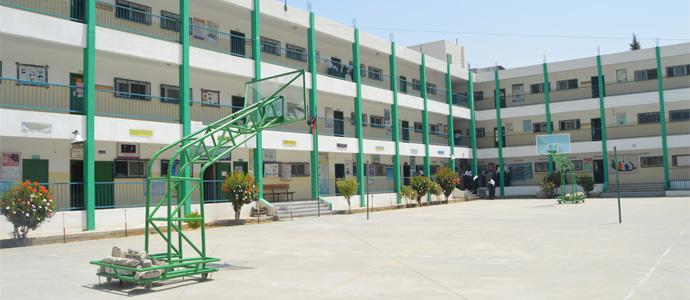Can the COVID double jeopardy be turned into opportunity for the most marginalised children?
Luckily, most will be back as soon as school doors open. Those who were already out of school aren’t counted in these numbers.
Marginalised children fare worst during crises
The negative impact of COVID-19, while horrendous across the globe, will be absolutely devastating to marginalised out-of-school children and their families. Accessing potable water to wash their hands once a day is already a serious struggle, let alone several times a day!
Their meagre meals were dependent on parents’ daily labour, which is no longer possible. Their governments are unlikely to be able to provide essential safety nets; for example, the World Bank asserts that sub-Saharan Africa has been significantly impacted and growth forecasts have been revised downward from 2.4% in 2019 to -2.1% to -5.1% in 2020”. The World Economic Forum predicts that the pandemic could push an additional half a billion people into poverty.
For children who were not in school to begin with, this is, indeed, double jeopardy. They will undoubtedly become even more impoverished, their nutrition will likely be compromised and they may be subjected to increased violence and exploitation.
A crisis of global scale
Calls for more investment, especially in education, are needed, but may not be sufficient in many instances.
This global crisis, of which education is a part, has forced many to reflect on the strengths and weaknesses of our society; it has led us to consider what really matters and why.
The economic consequences are not yet fully understood, but we know they will be grave and that each government and almost every establishment will be looking for funds to cover the most basic of its needs.
When it comes to funding to support already weakened education systems, our sector will have to clamour along with all the others for resource allocation. Development partners may have to tighten their belts. Frankly, the chances of significant increases to education ministries across the globe are minimal unless we can justify their importance, which is both essential and possible.
Finding alternatives responses through innovation
So what can we do? Now is the time to double down and look for the myriad innovations that exist in villages and communities around the world that have had to do more with less for decades. Now is the time to identify and take to scale that everyday brilliance during recovery in ways we have as yet been unable to imagine.
Here are some examples from EAC’s partners of redesigned learning options that could be scaled during the pandemic recovery to ensure that #learningneverstops:
- In Myanmar, MEDG established a 3G-enabled, interactive distance-learning platform to transmit studio-recorded classes to different locations. Teachers are trained, offered on-site support and can chat online, which allows discussion with students during lessons. United World Schools also provides classes during holiday breaks for children who are overage or behind academically.
- Building on existing work for out-of-school children, the MUALLIM Knowledge Access Platform, co-developed by ARC Pakistan and its academic, technical and technology partners, plans to offer non-formal education and alternative-learning programming content approved and adopted by federal and provincial governments from kindergarten to grade 12 to out-of-school children. UNESCO supports home-based schools in communities where there are no formal school facilities.
- BRAC in Bangladesh is planning to launch a distance-learning program through phone and Internet.
- The Graça Machel Trust (GMT) in Tanzania uses flexible-school timings for learners who have to work to support their families, especially girls who double as domestic workers.
These few examples can increase our sensitivity to different options, to try to turn at least part of this crisis into an opportunity to improve education.
We must work to prevent “double jeopardy” where those who were left behind are now left even further behind. We must use COVID-19 as a lesson – a new point of departure – for using the innovations we know are successful for engaging, enrolling and educating even the most marginalized in the quality education that is their right! Anything short of that and we are shamefully derelict as duty-bearers in education.
* Data retrieved from https://en.unesco.org/covid19/educationresponse on 15 April 2020. At the time of the outbreak of COVID-19, Educate A Child (EAC) had been operational in 15 countries: Angola; Bangladesh; Burkina Faso; Colombia; Ghana; India; Iraq; Kenya; Niger; Nigeria; Pakistan; Somalia; Syria; and Zambia. Those countries’ respective primary-level population of learners affected by countrywide school closures are: 3,402,779; 10,331,626; 1,686,067; 2,901,196; 3,244,749; 75,796,975; 2,762,847; 5,806,765; 1,388,671; 1,598,664; 14,475,416; 17,609,476; 295,037; 848,222; and 1,712,154.









